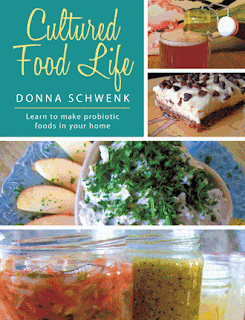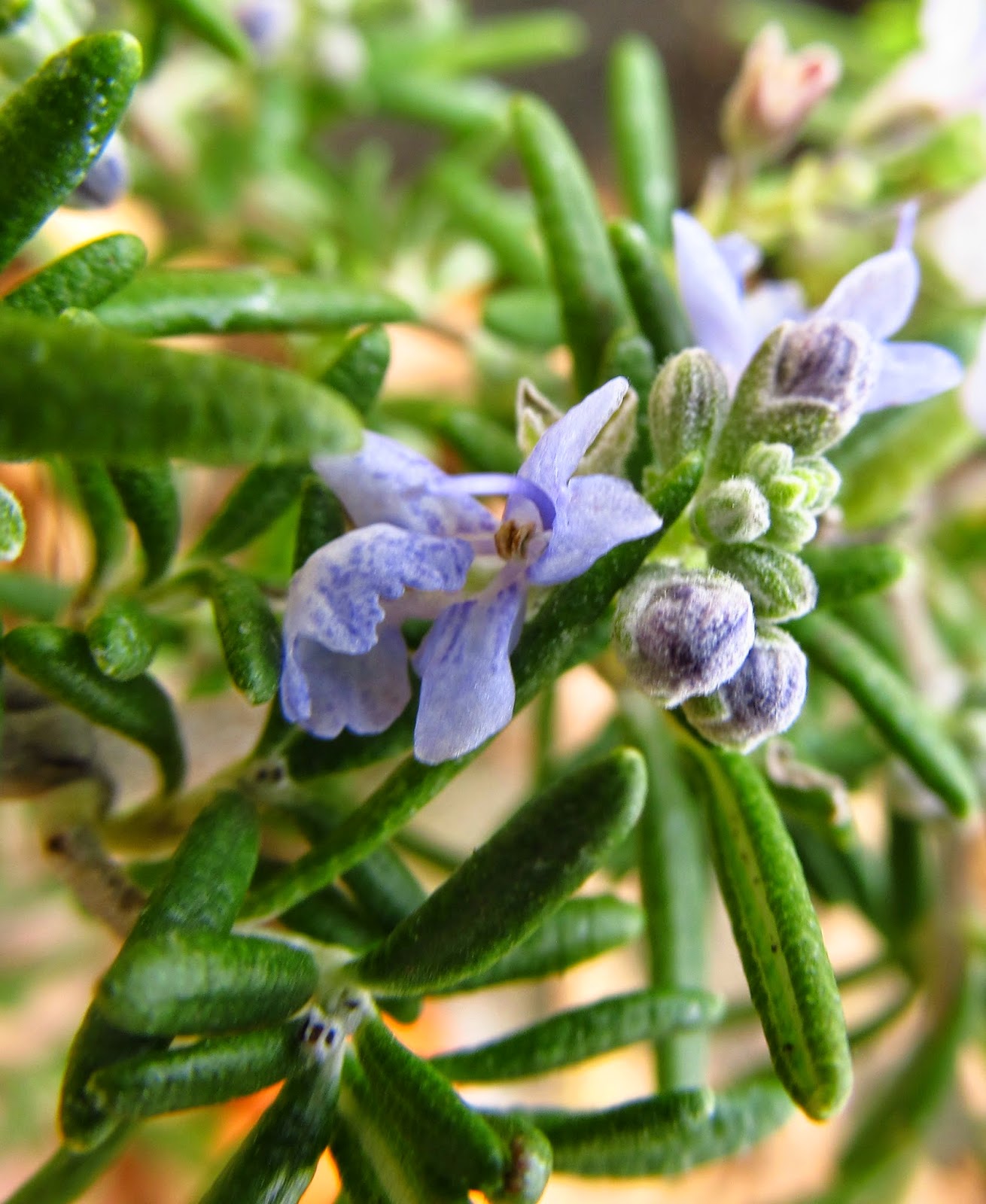My latest favorite library find: DIY Nut Milks, Nut Butters & More by Melissa King.
I want to devour this whole book! It goes far beyond your basic almond milk or
peanut butter.
It got me in the kitchen making my own nut &
seed milks. (The winner? My own blend of
soaked almonds & sunflowers, which made for an extra-creamy, flavorful
refresher!)
There are
lots of beautiful dishes using the basic milk & butter recipes, many of them
no-bake; perfect for summer! (the White Chocolate Coconut Fudge looks utterly
to-die-for.) These are decadent but
doable, as well as totally good for you!
Each recipe is vegan and gluten free. Most
importantly, all are recipes which use pure, whole foods.
I especially appreciate the chapter with ideas
for using up the nut pulp usually leftover from making nut milk, which was
something I'd had a hard time utilizing before. It ended up in the compost a
few times, which seemed a terrible waste of food, so I quit making nut milks.
Not anymore!
I love the large variety of ideas in this compact
book. Definitely the best book on the subject that I have yet seen.
A bit About Soaked Almonds
I've talked about these here before. When almonds
(and other nuts & seeds) are soaked, the enzymes that aid in their
digestion are released. The nutrients, many of which are essentially dormant in
the unsoaked state, are made more available for our use.
Also, most nuts and seeds, when unsoaked, are
acidifying to the body; a soaked nut or seed has the opposite effect.
Soaking is a gentle process which does nothing to
damage the good things of the nut, things like selenium and Vitamin E, and
optimizes them for quicker absorption into the body.
We don't have to try as hard to digest a soaked
almond, and so, they are a quick source of energy. I can't get over the feeling of instant
alertness that comes over me every time I eat them (or drink them!).
Unlike sprouting seeds and nuts, which can take
days, soaking takes only an overnight dip in water to uncover all these health
benefits.
I think that everyone should try their hands at
this process; it's so easy to do and takes very little time.
There is no set recipe: just place 1 cup of your favorite nut or seed in a bowl and fill with water to cover by at least one inch (almonds especially expand many times over during the soaking process) and let them soak overnight. (See my tips on how to store these without refrigeration) Once soaked & drained, they can be eaten as is or blended with fresh, cold water & strained to make milk.
Give them a try & let me know what you
think!
















